The Future of Biodiverse Cities: Trends in Ecological Architecture
Urban areas cover only 3% of the Earth’s surface. But, they use 60-80% of global energy and produce 75% of carbon emissions. This shows a big need to change how we make our cities. We should aim for places that are green and better for the Earth. Architects and planners are now using new ways to build. They focus on adding nature back into our cities and using less energy.
Architects are creating biodiverse cities with green roofs and wildlife habitats for the future. They look at six different ways these cities could be. These ways show how we can use our space smartly. They also show the importance of including nature in our daily lives, for both people and animals. This is a big step towards cities that help keep our planet diverse and healthy, and make people feel good.

Key Takeaways
- Urban areas cover just 3% of the Earth’s surface but account for 60-80% of global energy consumption and 75% of carbon emissions.
- Architects are designing biodiverse cities with ecological features like green roofs, vertical gardens, and wildlife habitats to create sustainable urban environments.
- Six city scenarios recognise the complexity and dynamism of urban systems and provide strategies to improve the link between spaces, human inhabitants, and non-human inhabitants.
- New paradigms must be adopted to integrate the biological, social, and technological dimensions of cities and achieve biodiversity conservation, development, and human well-being.
- Biophilic design principles aim to connect people with nature and promote mental well-being, reduced stress levels, and increased productivity.
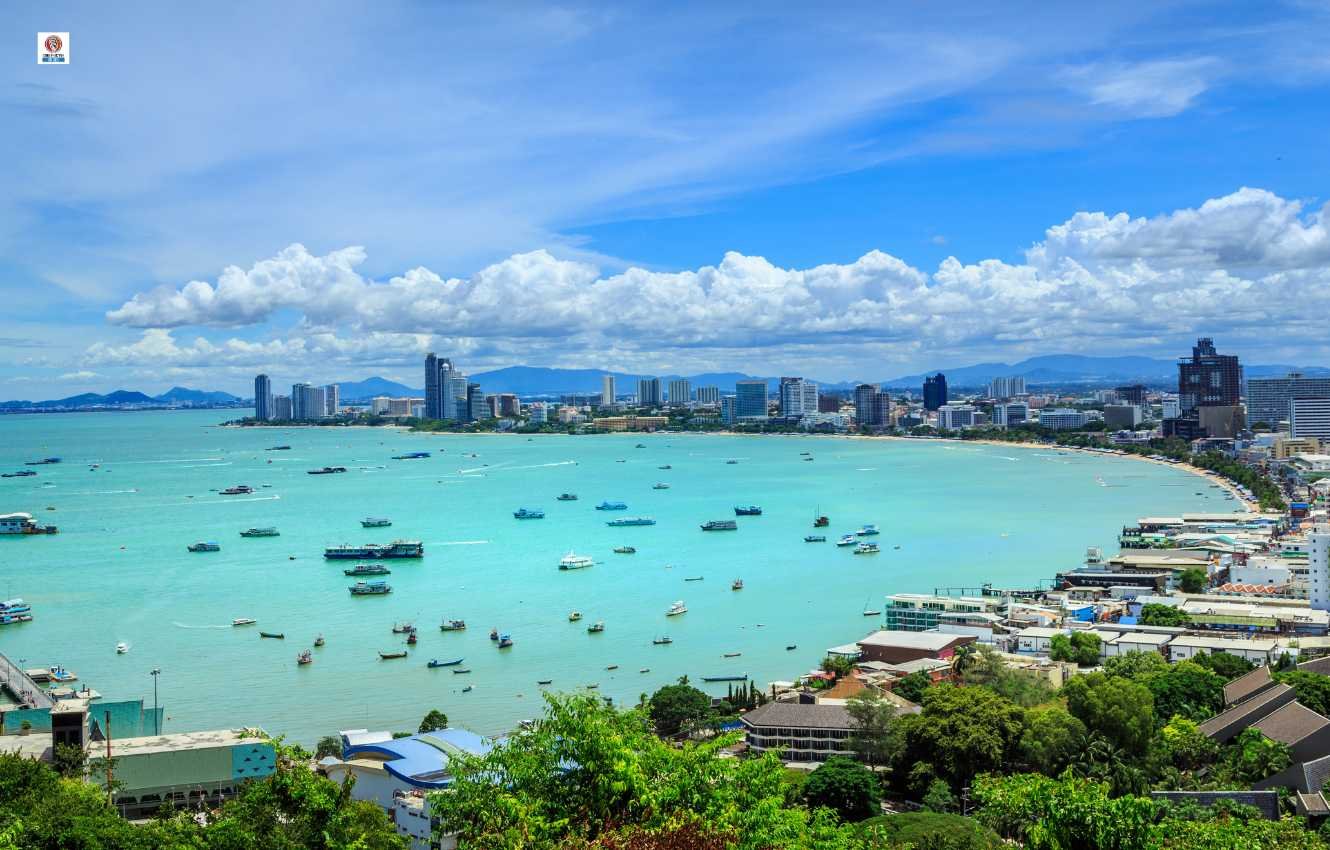
The Metahuman City
The metahuman city focuses on all life forms that share the urban area. It goes beyond seeing people as just users or clients. This view shows how our well-being is connected to all other living things. By doing this, we start to see our city’s fate in a new light.
Attributes of the Metahuman City
The metahuman city cares not just for humans but for all life. It integrates nature, creating a city where built and natural elements work together. This integration leads to a balanced urban ecosystem.
To make this city work, good urban planning and management is crucial. It must meet both the needs of human and non-human residents. Such an approach considers both the city’s structures and nature.
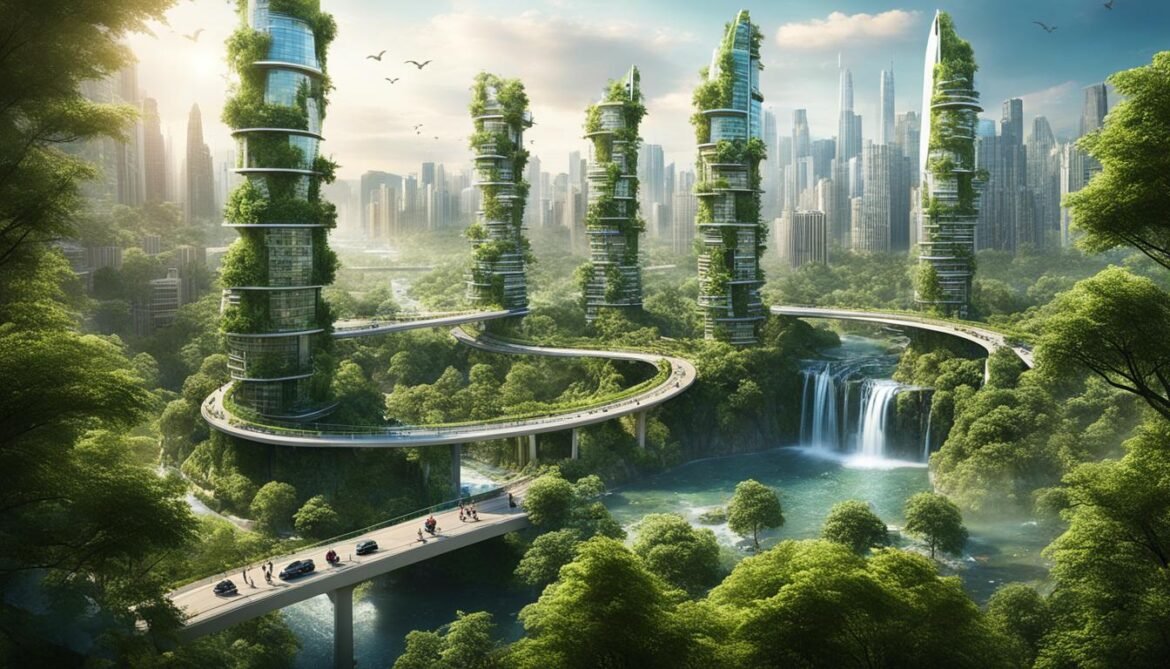
Seeing the city from the metahuman view can inspire better urban spaces. These spaces support both people and other species. This approach can significantly boost urban biodiversity and make communities more sustainable and resilient.
The Wild City
City life often misses the talk about nature, but it’s critical for our world. The wild city gets that nature is key for our cities to thrive and stay healthy.
Usually, we just count parks and trees when looking at nature in cities. But, real biodiversity is about more than just numbers. It’s about how nature enriches our lives and makes our cities better places to be.
Attributes of the Wild City
The wild city uses a special kind of city planning. It’s called restoration ecology. This means our cities are made to help plants and animals live and grow better.
This way, cities can actually become better places to live. It’s not just about nature but also how it helps us feel happier and more connected. The wild city makes our urban areas work naturally, just like the countryside.
| Attribute |
Description |
| Urban Biodiversity |
The presence and thriving of a diverse range of plant and animal species within the urban context, supported by integrated green infrastructure and habitat restoration efforts. |
| Ecological Potential |
The capacity of urban ecosystems to provide a wide range of ecosystem services, such as air purification, temperature regulation, flood mitigation, and opportunities for recreation and mental well-being. |
| Social Potential |
The ability of the wild city to foster community engagement, environmental stewardship, and a sense of connection with nature, contributing to overall social cohesion and well-being. |
| Self-Regulation and Adaptation |
The capacity of urban ecosystems to self-organise, respond to changes, and adapt to new environmental conditions, enhancing the resilience of the city in the face of challenges such as climate change. |
| Spontaneity |
The embracement of unplanned, organic growth and the recognition of the value of spontaneous vegetation and the natural processes that shape the urban landscape. |
Designing cities this way leads to a lot of good. It helps our environment and makes cities strong and nice to live in. The wild city idea brings our city landscapes back to life.
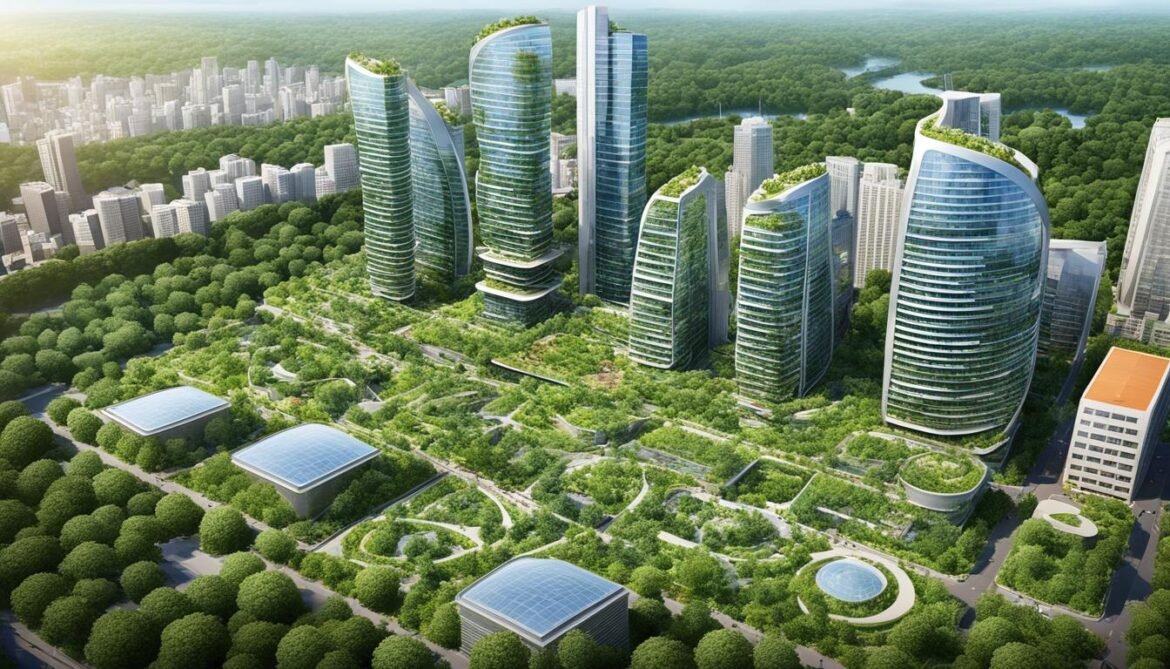
The (Un)finished City
The (un)finished city sees cities as places always changing. It looks to the future with many possibilities. Here, everyone works together to make their city.
The core idea of the (un)finished city is to be ready for anything. It doesn’t just stick to strict plans. Instead, it builds with the unknowns in mind. This way, the city can always match the needs and dreams of its people, both human and not.
Places like makeshift homes, city farms, and lots of plants are key in the (un)finished city. They show how everyone can help build their city. This makes people feel like the city is really theirs. And it helps them love where they live more.
| Attributes of the (Un)finished City |
Description |
| Dynamic Socio-ecosystems |
The city is seen as a living, changing place. Both people and nature make it what it is. |
| Collective Production of Urban Habitat |
Everyone helps make and change the city. This makes people feel they truly belong. |
| Adaptability |
The city is built to be able to change easily. It can deal with all kinds of surprises. |
| Citizen Participation |
People are in charge of the city’s decisions and care. This gives them power to make a difference. |
| Informal Settlements and Urban Farming |
Locals making homes and growing food add to the city’s variety and strength. Nature blends with the city. |
| Urban Biodiversity |
The city promotes many plant and animal species. This helps the natural balance be at its best. |
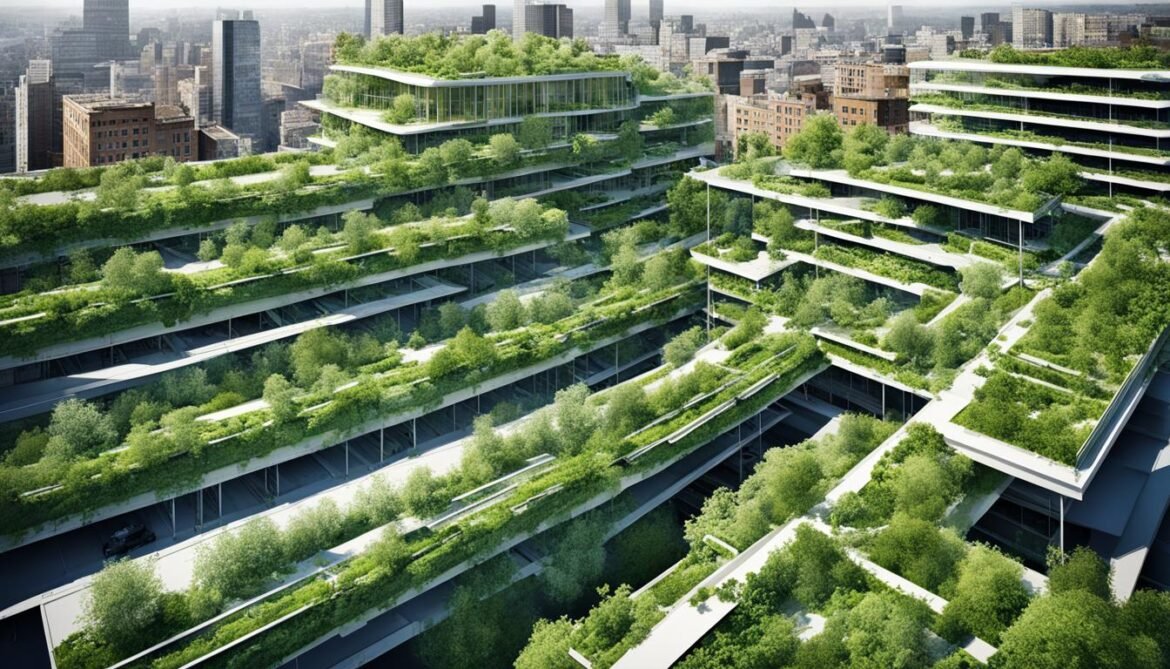
The Overlapping City
In the world of ecological architecture, the idea of the overlapping city is very exciting. It shows us how nature and man-made structures can live together. Instead of just putting parks on top of tall buildings, this vision looks at new ways to have them work together.
A cool option is making underground parks. Here, plants and animals can thrive, thanks to sunlight reaching below ground and special devices. This not only makes cities more beautiful but also helps clean the air, cools the city, and supports a wide range of life forms.
| Key Features |
Benefits |
| Overlapping natural and built spaces |
Increased multi-functionality, enhanced urban biodiversity |
| Underground parks with photosynthesis and optical devices |
Improved air quality, reduced heat island effect, biodiversity promotion |
| Blending of landscaping and architectural elements |
Visually appealing urban environments, integration of natural and built environments |
The overlapping city mixes natural and man-made design. It changes how we think about cities. This idea makes urban areas look stunning, mixing nature with buildings. It helps the city survive better and become more in tune with the planet.
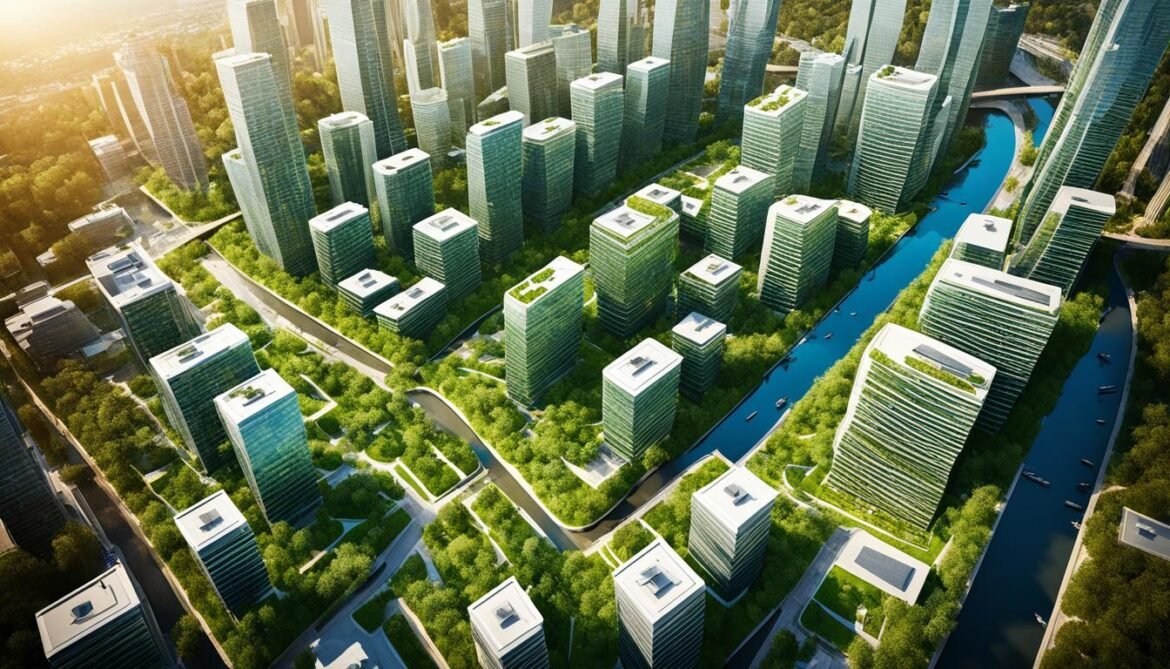
Biophilic Design and Urban Biodiversity
Biophilic design aims to bring nature closer to people through building features. It uses elements like plants, natural light, and water. These features help make spaces feel like the outdoors. They also help improve how people feel, lower their stress, and boost their work.
The Importance of Biodiversity in Building Design
Adding biodiversity in design is key for city ecosystems. Things like green roofs and gardens don’t just look nice. They offer homes for wildlife too. By doing this, architects help keep cities green for everyone.
Strategies for Enhancing Urban Biodiversity
Designers can make cities more wildlife-friendly. They do this by using native plantings for food and shelter. They also create spaces like green roofs that animals love. This way, buildings don’t just look good; they help nature thrive in cities.
Environmental Impact of Buildings
Buildings play a big part in our environmental problems. They use a lot of energy worldwide and cause a lot of greenhouse gas emissions. This happens during their making, while they’re being used, and when they are looked after.
Actions for Sustainability
Now, architects and builders are looking at sustainable architecture. It focuses on using less energy, doing more with renewable resources, saving water, and choosing eco-friendly materials. The goal is to make buildings have a smaller negative impact on nature.
| Sustainable Approach |
Description |
| Energy Efficiency |
Designs that need less energy, like better insulation, quality windows, and efficient lights and tools to run a building. |
| Renewable Energy |
Adding things like solar panels and wind turbines to make buildings use cleaner and self-made energy instead of resources that run out. |
| Water Efficiency |
Using less water by installing water-saving items, recycling greywater, and using plants that don’t need a lot of water for landscaping. |
| Sustainable Materials |
Choosing materials that are kind to the earth, from places nearby, renewable sources, or that have already been used, to lessen the harm building does. |
Sustainable architecture helps decrease the harm buildings do to our planet. It’s a key step towards a more sustainable future.
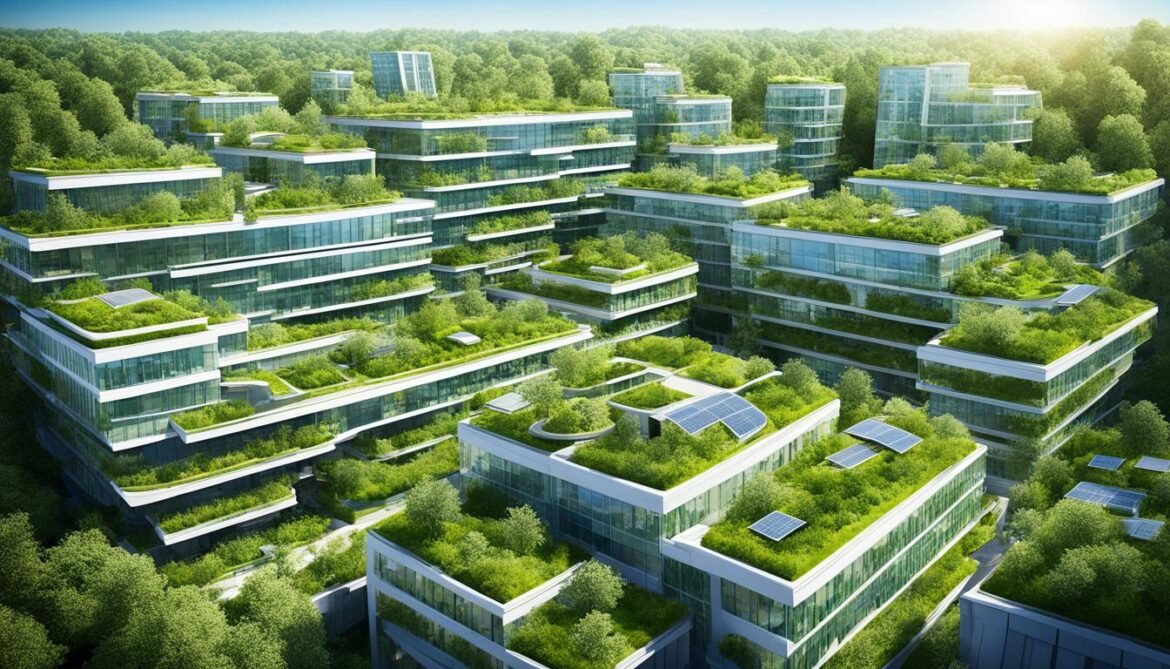
The Future of Biodiverse Cities: Trends in Ecological Architecture
When we think about the future of our cities, we focus on the future of biodiverse cities, trends in ecological architecture, and sustainable urbanism. Architects and city planners are using new designs. These designs help us meet our needs while protecting biodiversity, helping with development, and making us feel good.
Green roofs, vertical gardens, and places for wildlife in cities are a big trend now. These things look nice and make cities healthier. With these additions, cities blend natural and artificial spaces. This helps people and animals live together in a better way.
Sustainable urbanism means making cities good for both nature and people. Architects are doing lots of good things. They’re adding green spaces and fixing natural places in cities. This makes our cities strong, flexible, and welcoming to everyone.
As more cities grow, we really need biodiverse cities. Architects and planners are leading this change. They use nature-friendly ideas in their designs. They create spaces where many different kinds of life can thrive together. Their work is making our cities better for the future.
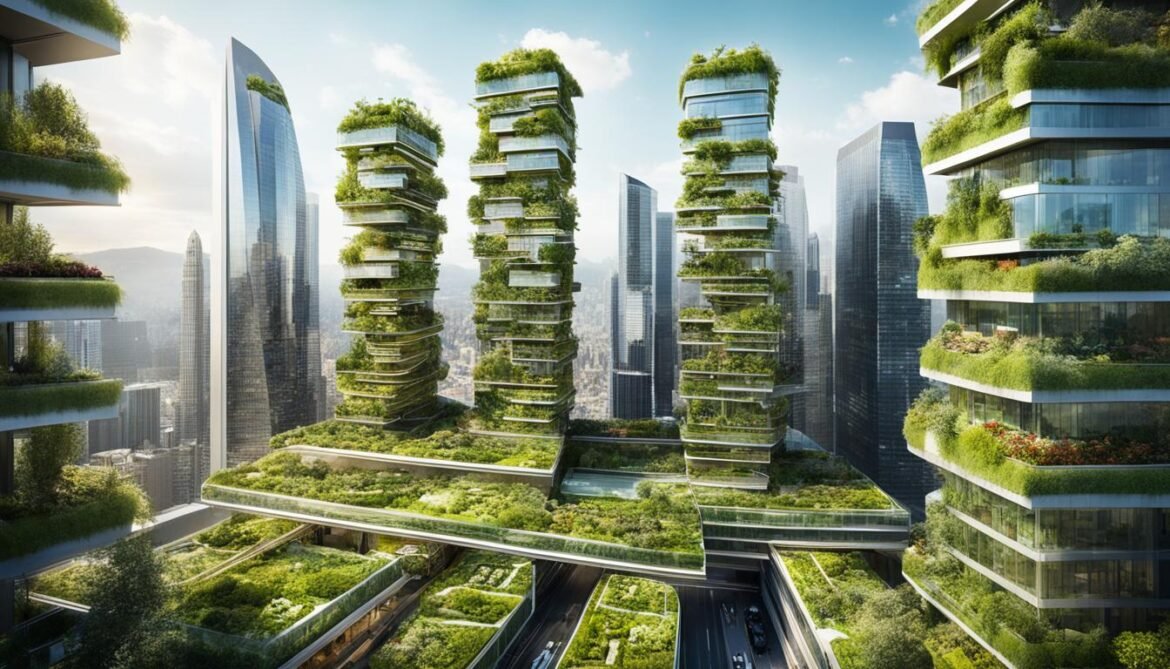
Ecological Urbanism: A New Model for Urban Development
Ecological urbanism suggests a big change in city planning. It says we should work with the land we have, not against it. This includes seeing cities as ecologies, where buildings and nature support each other.
Evolving New Models of Development
Today, climate change is a big issue. Ecological urbanism thinks we can make cities in a more careful way. It wants us to use natural resources wisely and not hurt the environment.
Thinking of Cities as Ecologies
Seeing cities as ecologies helps us protect life in the city. This idea is good for everyone living there, including animals. It makes us think about nature and come up with smart ideas for the city.
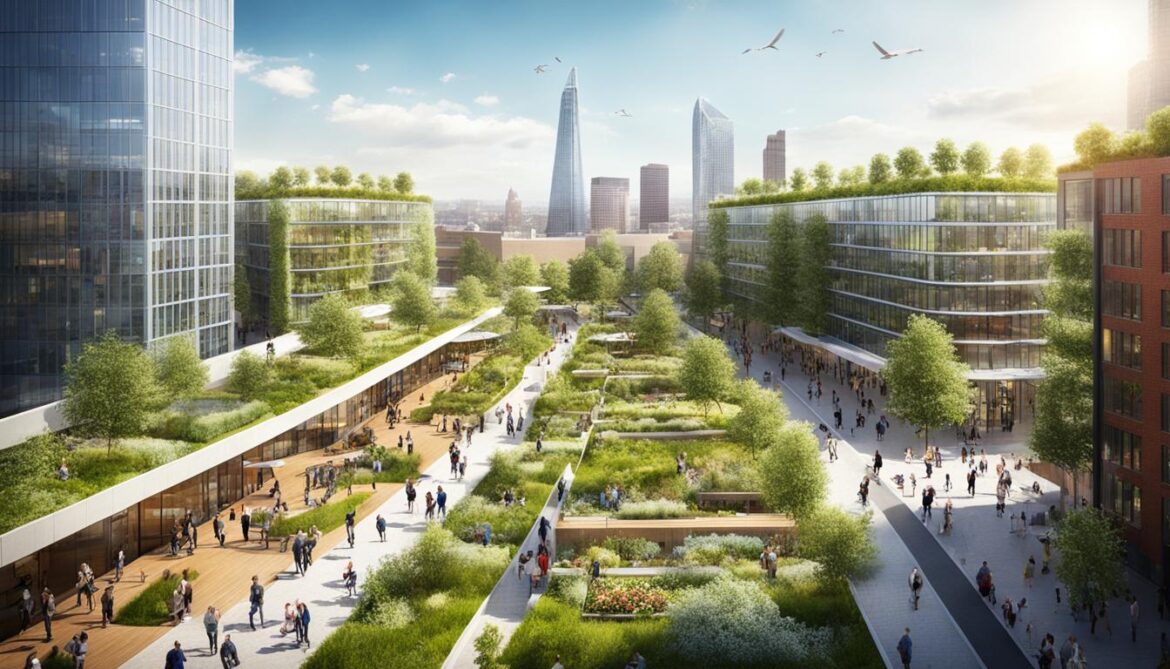
Seizing Opportunities in the GCC Region
The Gulf Cooperation Council (GCC) is a key place for showing off ecological urbanism. This means creating cities that are friendly to the environment. Large projects like NEOM and the Red Sea Development in Saudi Arabia, and the focus on sustainability in UAE’s housing projects, prove the region is big on smart design. They use renewable energy and smart technology.
The GCC is working hard on making its cities green. By adding sustainable ideas and saving natural life, they’re setting an example. This effort could show the whole world how to make cities that are good for people and nature.
The GCC is moving ahead with its giga projects and advances in smart technology. This offers a great chance to focus on the environment and sustainability>. By using ecological urbanism, they aim to create cities that live well with nature. This approach will make their urban growth stand out, making life better for everyone, including animals.
Conclusion
Looking to the future, biodiverse cities will play a key role. Understanding the value of ecological architecture and sustainable urbanism is crucial. It’s important to focus on our connection with nature in the city, seeing its complex beauty.
We need to protect biodiversity and add nature to our cities. This will help both people and wildlife to thrive. Changing our viewpoint from just for humans to a balance of life in the city is vital. It ensures our cities are ready for the future’s tests.
For progress, we must combine biology, society, and tech in smart ways. Ecological architecture and sustainable urbanism can help. They make our cities not just for us, but better for the planet as a whole. The path to biodiverse cities is challenging, but full of hope for a better future for all.
FAQ
What are the key trends in ecological architecture for designing biodiverse cities?
Architects are making cities green by adding things like green roofs and gardens. These help cities be more eco-friendly and better for us and nature. They focus on keeping the environment healthy, which is good for everyone.
How does the “metahuman city” concept challenge traditional urban planning?
The idea of a “metahuman city” changes how we see urban planning. It says we need to think about more than just us. We must consider how our cities interact with all life, not just human life, for a better future.
What are the key attributes of the “wild city” concept?
A wild city is always changing and thinking about future needs. It plans without all the facts, which helps it adapt. This design approach is ready for whatever the future brings.
How does the “overlapping city” concept blend natural and built spaces?
The overlapping city mixes buildings with green spaces in smart ways. It shows there are many ways to connect nature with our urban areas. This improves how we use and enjoy these spaces.
What are the key principles and benefits of biophilic design in urban environments?
Biophilic design brings nature into our buildings. It helps us feel connected to the natural world. This can make us happier, less stressed, and more productive.
What is the environmental impact of buildings and how can sustainable architecture address this?
Buildings use a lot of energy and create much of the pollution in the world. Sustainable architecture fights this by using less energy and creating less waste. It’s all about being smart about how we build our homes and workspaces.
What is the concept of ecological urbanism, and how can it guide the future development of cities?
Ecological urbanism shows us how to make our cities work with the natural world, not against it. It’s about designing places where both people and nature can thrive together.
How can the GCC region seize opportunities for ecological urbanism through its major development projects?
In the GCC region, big projects in places like Saudi Arabia and the UAE show the power of ecological urbanism. They are leading the way in making cities that are good for the environment and the people who live there.
Source Links






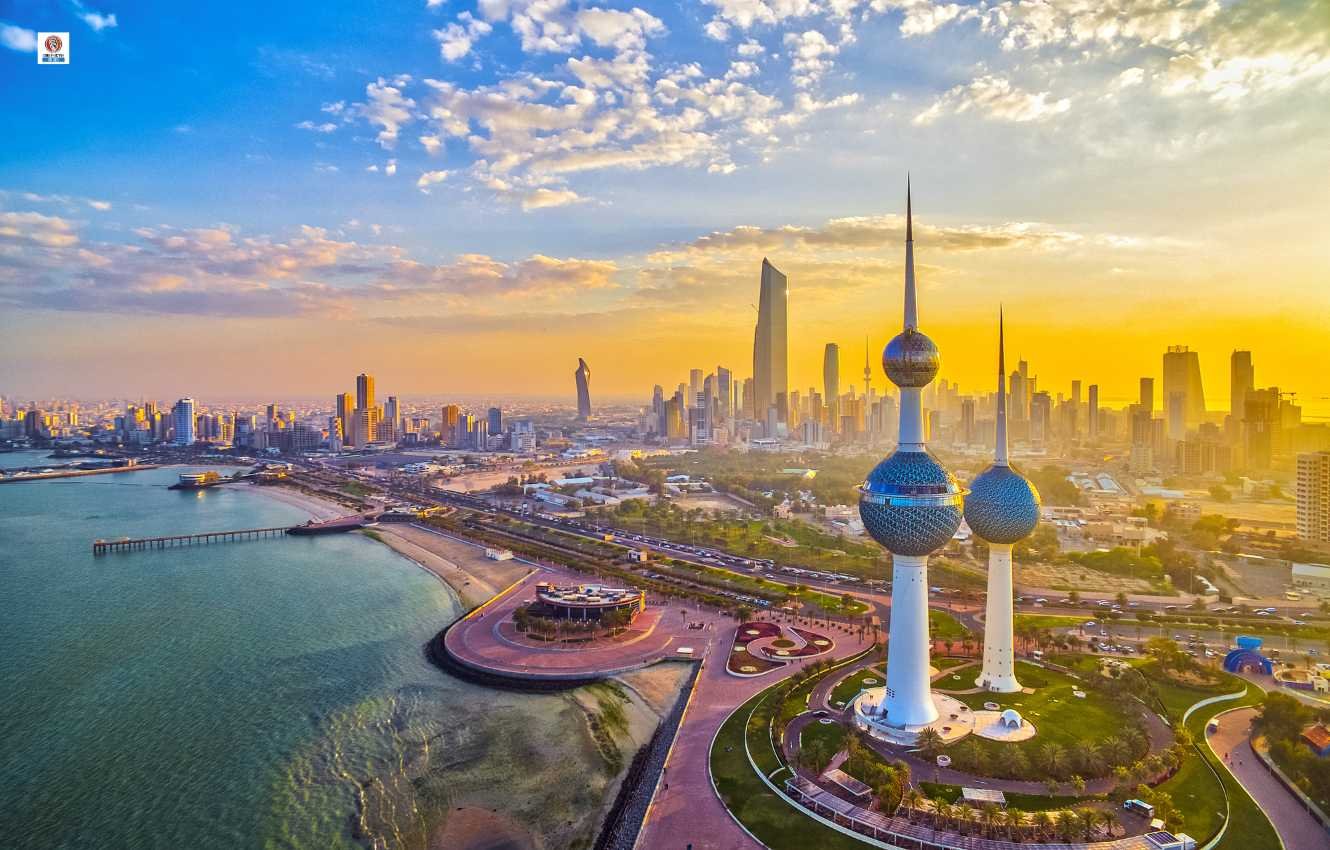









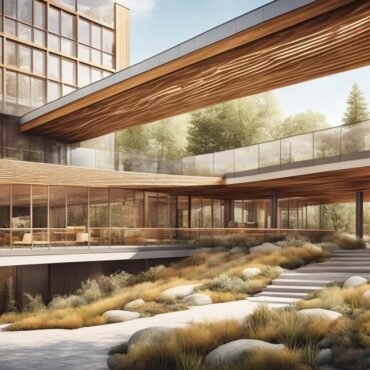
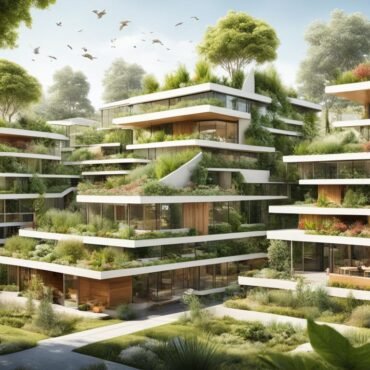









Post comments (0)